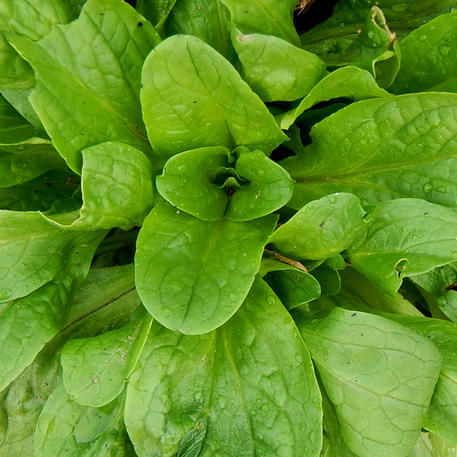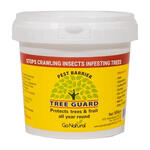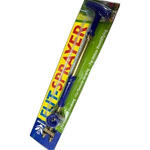Others Also Bought

CORN SALAD
(Valerianella locusta) Heirloom. Also known as 'Lambs Lettuce'. Broad, light green leaves resembling lettuce. Pick outside leaves as required or l
Now $3.78

HEATWAVE MIX
(Lactuca sativa) A mix of lettuce varieties that thrive in the heat and remain productive when others rapidly go to bolt. These slow bolt varieties
Now $3.78
More From This Category

DIATOMACEOUS EARTH - POWDER DISPENSER
Heavy duty dispenser used to spray Diatomaceous Earth. Is best used for smaller projects requiring a fine spray. For large jobs, use the DIATOM
$8.95

DIATOMACEOUS EARTH - SHAKER
Heavy duty stainless steel shaker used to sprinkle Diatomaceous Earth. Is best used for small to medium proje
$10.95

TREE GUARD - PEST BARRIER
A specialized solution designed to offer reliable, natural insect protection for trees without chemicals or harsh residues. It offers an environmental
$15.95

FLIT SPRAYER
Simply attach the tube to a regular water bottle, fill your container, and then screw on to your sprayer and you’re ready to go. Has a highly flexi
$17.95


